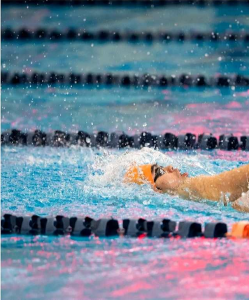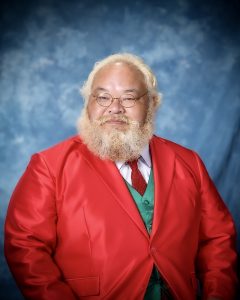Building a dual 102mm f/6 Celestron Refractor Binoscope
After asking myself the same question a few times, “Are you ready to build a GOTO refractor binoscope or another binocular telescope?” After thinking about it for a while and pondering the engineering challenges of such an ambitious project, it was decided, “Sure, why not? Let’s get started.”
Having already built a 10-mirror 6-inch f/15 Cassegrain binocular telescope on a clock-driven equatorial mount 40 years ago, I guess I was now ready for something different and perhaps an even greater engineering challenge. And this new Binoscope project was certainly going to be challenging enough, especially with a GOTO system. As an ambitious Binoscope maker who always had a desire to build a refractor Binoscope, using an excellent pair of 102mm Celestron f/6 optical tube assemblies and putting them on an Alt-azimuth mount using a Lumicon Universal Pier seemed simple enough in its design to mount the dual 102mm f/6 Celestron optical tube assemblies with a pair of Interpupillary distance adjustable (I.P.D.) microscope prism eyepiece holders and two 40mm microscope eyepieces.
And that’s part of the main reason why I chose to build it because all of the parts needed to construct it are available, either commercially or easily fabricated with many of them being purchased off the shelf at a local hardware store.
The second reason is because a 102mm Celestron refractor with a focal ratio of f/6 can perform very good optically for visual astronomy. It’s relatively fast and has a wide enough field of view for observing all kinds of celestial objects. The third reason is that it is mechanically simple in design, plus it can be easily transported and assembled and both refractor optical tube assemblies can be aligned in quick fashion using the same Celestron mounting hardware on top of a Lumicon Universal Pier system (which unfortunately is no longer available commercially).
Azimuth servomotor with gear drive
Whether it is a large binocular telescope or a 102mm refractor binoscope, it really depends on what kind of visual observing you really want to do with your binoscope. A large binocular telescope or even a 102mm refractor binoscope with its dual light gathering power can provide wonderful celestial views of nebula and deep-sky objects that will surpass a single telescope of the same aperture. However, building one will require a lot of work and some expense. Building a binoscope requires that both optical systems be identical, not only in just the optical aspects, such as the objective diameters, focal ratios, and the exit pupil diameters, but also the mechanical aspects. Plus, one must consider its portability and how easy will it be to transport, set up, and use.
Altitude servomotor with gear drive
Something that was always on my list of things to build someday was a GOTO refractor binoscope. I knew the technology was available and already out there. All I had to do was to decide what kind of hardware and software to use to build it with. In undertaking a one-of-a-kind project like this, certain critical design elements, such as adjustment of the interpupillary distance and optical alignment, focusing, the electronics and software, and the correct gearing to drive the GOTO mount, must be thoughtfully planned out. Each of these important elements presented its own engineering challenges and difficulties. In an engineering sense, I was certain it was going to be challenging, and it wasn’t going to be as easy as I originally thought and of course it never is. But even so…that’s fun and the challenge and satisfaction of building your own telescope or Binoscope.
I made the decision to go ahead and build a dual 102mm f/6 refractor Binoscope using a dual pair of 102mm f/6 Celestron refractor telescopes. I actually completed building it in about three months. It was a great project that was challenging and one which I really enjoyed building.
The 2011 RTMC EXPO ‘Merit Award’ plaque
Everything worked out well and my homemade one-of-a-kind dual 102mm f/6 Celestron Binoscope was quite successful even with all the great telescope competition that was entered when it won a ‘Merit Award’ at the popular yearly May, 2011 Riverside Telescope Makers Conference at Camp Oaks in Big Bear, California.

Norman Butler is originally from Topeka, Kansas and is a 1962 graduate of Topeka High School and a 1960’s U.S. Navy E6 veteran. Butler has a 1972 associate’s degree from San Diego City College along with a 1980’s Bachelor’s and Master’s degree in Physics, including a Ph.D. from a California University. Norman’s also a 1981 RTMC and a 2011 RTMC EXPO Merit Award winning Amateur Telescope and Binoscope maker and author of five popular Amazon books, including Sky & Telescope and Astronomy Technology Today magazines with Butler’s articles and stories about designing, building, and using amateur and homemade telescopes and binoscopes for astronomical observing. Butler is also an astronomer who worked at the Haleakala Observatory on Maui, Hawaii starting in the early 1980s for AVCO Everett Research Laboratory along with the U.S. Air Force.




